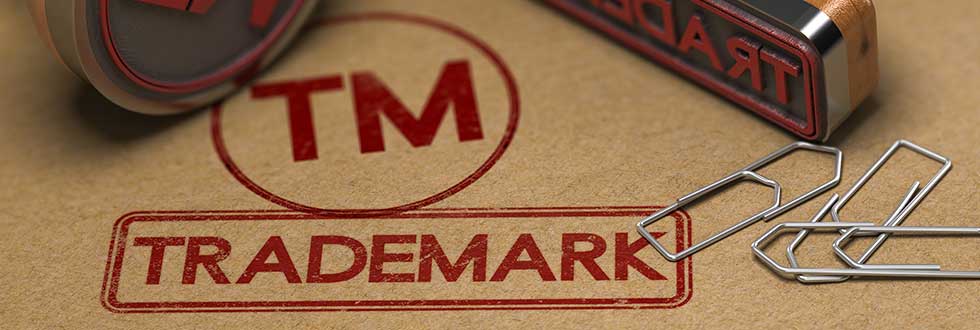Congress passed the Trademark Modernization Act (TMA) in 2020, and any business owner seeking, holding, or challenging trademarks should be aware of the changes the Act made to trademark law. The TMA decreases the “deadwood” of abandoned trademarks and helps ensure trademark use in commerce. This law also shortens response times for office actions. Furthermore, the TMA clarifies a circuit court split about a rebuttable presumption of irreparable harm in infringement cases, Additionally, it changes the types of proceedings available before the U.S. Patent and Trademark Office (USPTO).
Trademark law can be complex and confusing, even after these changes. Tim Billick and the TBillick law team can help you navigate the new Trademark Modernization Act, whether you are protecting your marks or seeking to cancel a “deadwood” registration. In this post, we’ll discuss some of the TMA’s procedural changes, and how we can help you manage them.
Canceling Third-Party Trademark Registrations—Ex Parte Proceedings
Decreasing the number of “zombie” or “deadwood” trademarks is a key feature of the TMA. The TMA introduces two new methods—ex parte expungement and reexamination—to petition the USPTO director to seek trademark cancellation. These are much simpler than formal cancellation proceedings before the Trademark Trial and Appeal Board (TTAB). Either a third party or the USPTO director at their own discretion files an ex parte proceeding.
Expungement
Expungement petitions can be filed between three to ten years after trademark registration. Expungements can be filed only if the mark has never been or is not currently in use. A reasonable investigation into the petitioner’s claims is required. Until December 27, 2023, however, a full proceeding before the TTAB may be requested for any registration at least three years old.
Reexamination
A petition for ex parte reexamination must be filed in the first five years of registration. After a reasonable investigation into the use, the petitioner can claim that the trademark’s use in commerce was not valid as of the dates claimed by the registrant.
Response Periods to Office Actions
Currently, trademark applicants have six months to respond to office actions. Office actions are responses from the trademark examiner at the USPTO to a trademark applicant. They often require lengthy responses to explain the trademark registration application, with very long response times. This can create a years-long path to registration for even the simplest of marks.
The TMA provides the director the discretion to shorten office action response times. After December 1, 2022, the TMA officially shortens the standard response time to three months. This applies to all applicants except for applicants using the Madrid Protocol. Three-month extensions will be available for a $125 fee.
Letters of Protest
The Trademark Modernization Act also clarified rules around the use of Letters of Protest. Third parties have long brought information to the USPTO Examiner’s attention during trademark examination by filing Letters of Protest. Historically, a Letter of Protest had to be filed on specific grounds. Under the TMA, almost any grounds for opposition to or cancellation of a trademark can be grounds for a Letter of Protest.
The TMA eliminates uncertainties around Letters of Protest. Previously, these letters caused confusion about whether the USPTO director had to act on them at all. There was also no deadline as to when action was required. The TMA now requires the director to consider Letters of Protest and decide whether to act within two months of the filing date. The decision on a Letter of Protest is final and non-reviewable, as well as non-prejudicial to either party in a hearing.
How TBillick Law Can Help
The TBillick Law team has nearly a decade of experience advocating for and counseling businesses and entrepreneurs on trademark, patent, and intellectual property law issues. Tim Billick can help you navigate all the twists and turns of IP law. Contact us today to discuss your needs and how we can help you get and protect your trademark.

